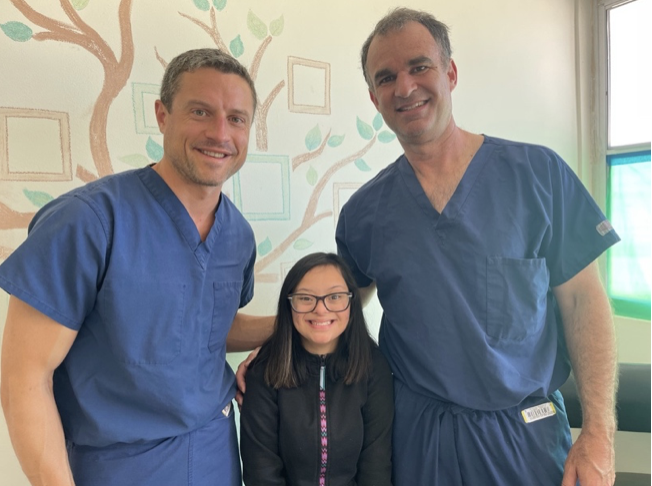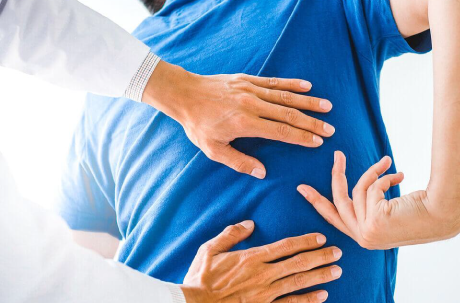If you have back pain, you are not alone. Eighty percent of people will experience back pain in their lifetime. While most back pain will resolve within several months, 70 percent of people will have a reoccurrence of their back pain.
With that many people affected, it may seem that back pain is inevitable. It’s not. You can take steps to promote a healthy back through good posture, avoiding strain and appropriate exercises.
Your Back’s Three Natural Curves
Learn and practice good posture and body mechanics. Maintaining your back’s three natural curves (cervical, thoracic and lumbar) in their normal position is important to good back care.
Test your posture by standing with your back against a wall. In a good posture position, there should only be a minimal space between your back and the wall. But a lazy, slouched posture and a rigid “military” position both increase the curves in your back, and that is poor posture.
When you use good sitting posture, you’re supporting the three natural curves of your spine in their normal, balanced alignment. Good sitting posture is also the most comfortable posture.
When you slouch, the strain on your back can multiply and damage the sensitive structures of your spine. This unnecessary strain can lead to backache, stiffness, muscle fatigue and even injury.
Bad Lifting, Good Exercise
Many back injuries are a result of improper lifting techniques, and could easily be avoided. According to the principles of biomechanics, the worst lifting situation occurs when the body is extended over the load. The lower back becomes a fulcrum supporting the weight of the body plus the load. Twisting in this position invites injury.
Here’s how to lift correctly. Keep your back upright to shift weight onto the powerful leg muscles and reduce the lever effect. Maintain your three natural curves in their normal, balanced position.
A regular exercise program:
- Improves flexibility
- Improves strength
- Increases fitness and endurance.
Strong, flexible muscles help keep your three natural curves in their normal, balanced alignment. Strong abdominal and back muscles can act as a brace to support your lower back. If thigh, hip and buttock muscles are strong and flexible, they can do more of the work of lifting and moving, taking some of the stress off your back.



